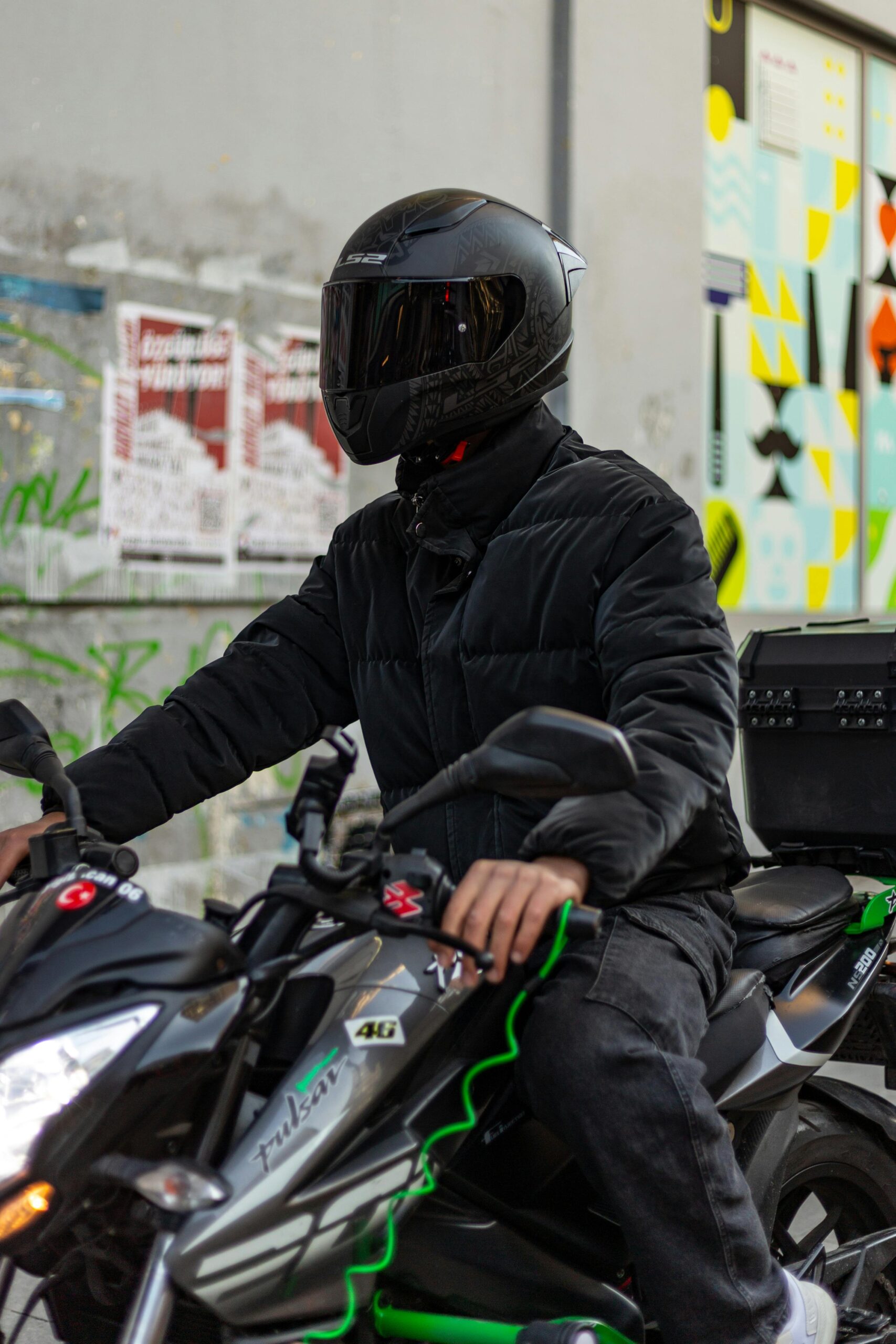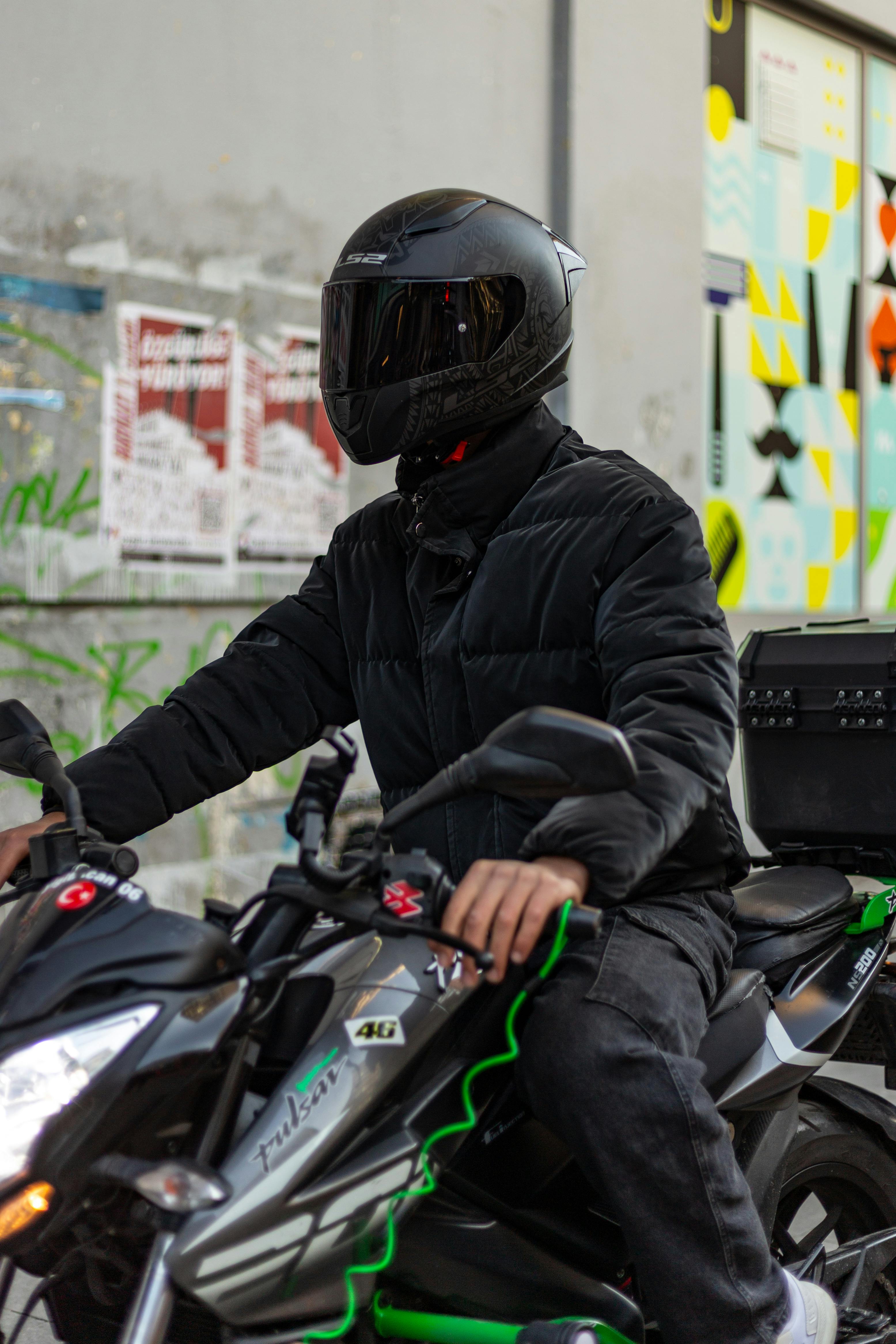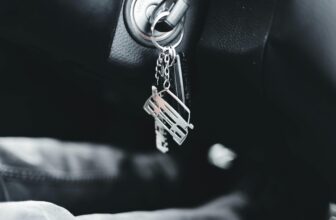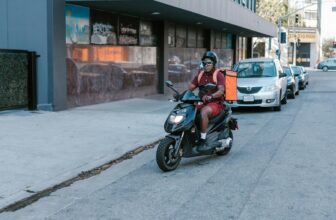
Picture this: you’ve finally taken the plunge and purchased your perfect mobility scooter, only to discover that your travel plans suddenly feel impossible. Airlines have confusing battery restrictions, cruise ships require mysterious documentation, and even loading your scooter into your own vehicle becomes a engineering challenge. The freedom that your mobility scooter promised now feels limited by transportation barriers that nobody warned you about.
Here’s the reality that most mobility scooter users face: transportation isn’t just about getting from point A to point B anymore. It’s about navigating a complex web of regulations, size restrictions, and safety requirements that vary dramatically between airlines, cruise lines, public transit systems, and vehicle loading solutions. What works for domestic travel in the USA might not apply in Canada, and what’s acceptable on one airline could be prohibited on another.
This comprehensive guide cuts through the confusion by providing you with practical, tested solutions for every transportation scenario you’ll encounter in 2025. From understanding airline battery regulations to mastering vehicle loading techniques, you’ll discover the insider knowledge that transforms travel challenges into manageable logistics.

This Photo was taken by Talha Uğuz.
The hidden complexity of mobility scooter travel
Transportation regulations for mobility scooters have evolved dramatically since 2024, creating a landscape where preparation becomes your most valuable asset. The key difference between frustrated travelers and successful ones lies in understanding that your mobility scooter isn’t just a personal mobility device during travel—it becomes regulated cargo subject to safety protocols.
Consider the three-tier classification system that most transportation providers now use. Class 1 scooters (under 35 lbs with removable batteries under 160Wh) face minimal restrictions. Class 2 scooters (35-100 lbs with batteries 160-300Wh) require documentation and specific handling procedures. Class 3 scooters (over 100 lbs or batteries exceeding 300Wh) trigger the most complex requirements, often necessitating special arrangements weeks in advance.
This classification directly impacts your travel options. A lightweight folding scooter that seemed perfect for home use might suddenly become your passport to unrestricted travel, while a heavy-duty model could require alternative transportation strategies.
Mastering airline travel with mobility scooters
Airlines represent the most regulated transportation environment for mobility scooters, but they’re also surprisingly accommodating once you understand their requirements. The Federal Aviation Administration (FAA) and Transport Canada Aviation have aligned their policies in 2025, creating consistency across North American flights.
Battery regulations that determine everything
Lithium-ion batteries power most modern mobility scooters, and airlines classify them as dangerous goods requiring specific handling. The 300-watt hour (Wh) threshold remains the critical dividing line. Batteries under this limit can travel in the cabin or cargo hold, while those exceeding it face restrictions or outright bans.
Calculate your battery capacity by multiplying voltage by amp-hours. A typical 24V, 10Ah battery equals 240Wh (24 × 10 = 240), placing it safely under the 300Wh limit. However, dual-battery systems often push you over this threshold, requiring special procedures.

Ultra Lightweight Folding Mobility Scooter
Perfect for air travel with only 37.5 lbs weight and airline-approved batteries. Features 4-wheel stability with impressive 275 lbs capacity.
Price: $1,899.00 | ★★★★☆ 4.8
Cons: Higher price point, limited off-road capability
Major airlines including American, Delta, United, Air Canada, and WestJet now require 48-hour advance notice for mobility scooters. This notification period allows ground crews to prepare appropriate equipment and ensures your scooter receives proper handling. Failure to provide advance notice can result in last-minute complications or denied boarding.
Documentation requirements for seamless boarding
Airlines require specific documentation that varies by scooter type and destination. Essential documents include your scooter’s user manual (showing battery specifications), a battery disconnect certificate from the manufacturer, and medical documentation if your scooter exceeds standard size limits.
Create a travel documentation folder containing photocopies of all certificates, warranty information, and assembly instructions. Airlines often require proof that batteries can be safely disconnected and that your scooter meets their dimensional restrictions. Having this information readily available prevents gate delays and ensures smooth check-in procedures.

This Photo was taken by Arthur Brognoli.
Gate-to-gate service optimization
Most airlines offer gate-to-gate service for mobility scooters, allowing you to use your device until boarding and retrieving it immediately upon arrival. This service requires specific timing and coordination with ground crews.
Arrive at the airport 90





